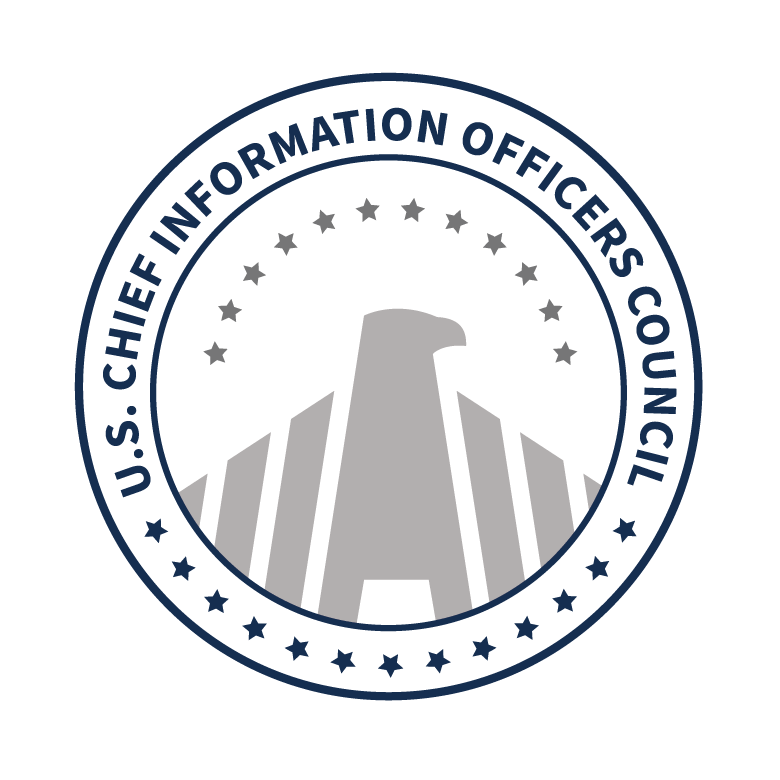Policy Overview
Cloud computing is a means for delivering computing services via IT networks. According to the National Institute of Standards and Technology, cloud enables “on-demand access to shared and scalable pools of computing resources with the goal of minimizing management effort or service provider interaction.” In short, purchasing these services through a provider means agencies do not need to directly pay for the assets (e.g., hardware, software, networks) needed for those services.
As of June 2019, the Federal Cloud Computing Strategy — Cloud Smart — is a long-term, high-level strategy to drive cloud adoption in Federal agencies. This was the first cloud policy update in seven years, offering a path forward for agencies to migrate to a safe and secure cloud infrastructure. This strategy supports agencies to achieve additional savings, security, and faster services.
Cloud Smart is founded on three key pillars of successful cloud adoption: security, procurement, and workforce. Collectively, these elements embody the interdisciplinary approach to IT modernization that the Federal enterprise needs in order to provide improved return on its investments, enhanced security, and higher quality services to the American people.
Review more about Cloud at Cloud.CIO.gov.
Access the Application Rationalization Playbook.
Why This Matters to the CIO Council
The case for using cloud capabilities in government has been clearly proven – to drive savings, to improve security, and to deliver mission-serving solutions faster.
The Federal Government’s responsibility is to achieve the benefits of cloud computing as quickly as possible. Any inefficiencies negatively impact its ability to serve the American public. Cloud computing has the potential to play a major part in addressing these inefficiencies and improving government service delivery.
Related Policies, Priorities and Resources
❮ Back to Policies, Priorities and Resources



